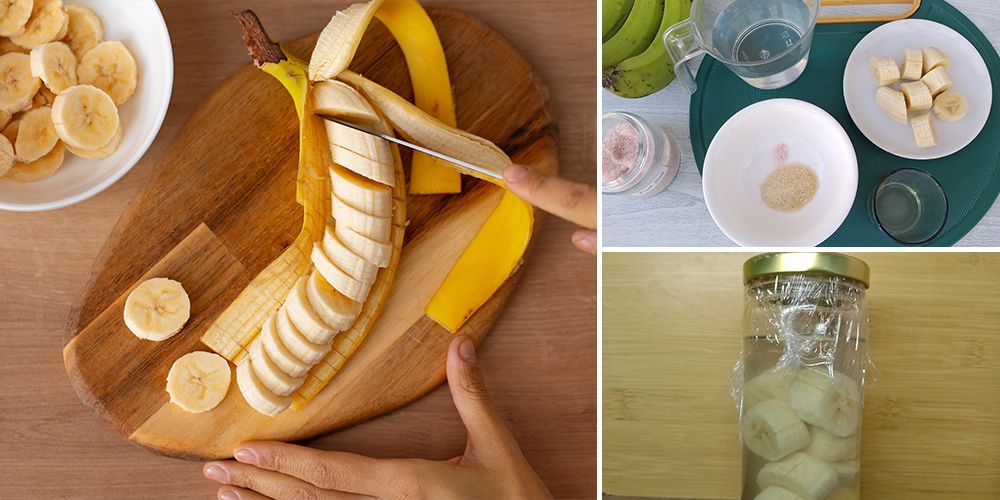
DIY Banana Prebiotic
Your gut is home to trillions of live microorganisms that make up your gut microbiome. These are composed of both good and bad bacteria that can survive in your tummy. I’ve created and tested this DIY Banana Prebiotic recipe for you!
We know that probiotics are the live microorganisms we should take to maintain good gut bacteria and normal microflora. But for these good microorganisms to thrive, they also need food.
What Are Prebiotics?
Prebiotics are the food of probiotics.
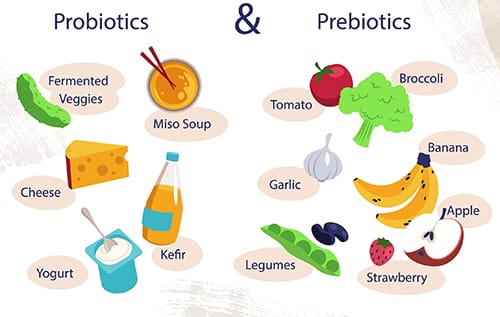 These prebiotics are found in some high-fiber foods. However, not all high-fiber foods contain prebiotics.
These prebiotics are found in some high-fiber foods. However, not all high-fiber foods contain prebiotics.
The most important sources of prebiotics are bananas, asparagus, artichoke, chicory, dandelion greens, wheat and leeks, garlic, onion, and dark chocolates.
Fermented foods also contain excellent prebiotic properties.
Prebiotic is a dietary fiber that your body cannot digest. They are not metabolized nor absorbed in your gastrointestinal tract. When eaten, they remain in the digestive system to serve as food for the stomach bacteria.
However, prebiotics do more than just feed your gut microbiome. They also have health benefits such as:
- Modulating the immune response
- Treating irritable bowel syndrome (IBS)
- Help manage Crohn’s disease, ulcerative colitis, colon and other gastrointestinal problems
- Improve bone health
- Boost satiety and help in weight loss
Banana Prebiotics
Taking probiotic supplements alone cannot solve all gastrointestinal problems. They need the help of prebiotics to keep thriving. And, this is mainly achievable by eating prebiotic and fermented foods.
Bananas are one of the best sources. Adding bananas to your diet is easy because of their accessibility. By itself, banana fruit (banana is scientifically considered a berry, by the way) is packed with nutritional benefits. It is high in potassium, iron, magnesium, and vitamins A, C, and E.
There are many varieties of bananas and all of them are proven to be good for your health. Among them, the unripe ones are the best for you when it comes to prebiotics.
Green, or unripe bananas, contain resistant starch or prebiotic fiber that cannot be broken down by the digestive tract. They travel all the way to your large intestine and serve as food for the beneficial bacteria.
Health Benefits of Banana
If bananas aren’t your preference or you want to avoid the effort of making remedies at home, I recommend the Balanced Gut Blend Tincture. I always keep it in my bag for when I’m away and don’t have time to prepare this recipe.
Digestion
If you are constipated or having any digestive issues, eating a banana may ease your problem. It is rich in fiber that regulates bowel movement and calms your digestive tract. It may also help balance the electrolytes during bouts of diarrhea.
Acid Reflux
Banana is a natural antacid that can support addressing problems like acid reflux and heartburn. It may also prevent or manage the symptoms of peptic ulcers.
I learned how to manage my acid reflux, inflammatory bowel disease (IBD), and gastritis in the Digestive System part of the book called The Holistic Guide to Wellness: Herbal Protocols for Common Aliments. It contains other gut-related protocols as well, but thankfully I did not need them yet!
Heart Health
Potassium is an electrolyte that boosts the flow of electricity in your body to keep the heart beating. This mineral is abundant in a piece of banana, which is beneficial in improving your overall heart health. A medium-sized banana has about 358 mg of potassium, and the recommended daily intake of potassium is between 3,500 mg and 4,700 mg. So, you have plenty of room to add more potassium-rich foods to your diet. Bananas can reduce the blood pressure level and keep it under control which wards off cardiovascular problems.
Mood-Boosting
If you are feeling a little down, eat a piece of banana and it may help you feel better. Bananas contain tryptophan, an amino acid that gets converted into serotonin. Serotonin is the feel-good hormone that regulates the mood. It is especially beneficial in depression and mood swings related to premenstrual syndrome.
Bone Health
High potassium foods are known to boost calcium production which improves bone health. It may prevent calcium loss and improve bone mineral density. Bananas are beneficial against osteoporosis, especially in women after menopause.
Blood Circulation
Bananas can regulate blood circulation and lower the blood pressure with its potassium content. It is also a source of iron that promotes red blood cells for better oxygen transport and circulation. Eating bananas twice a day may prevent eclampsia in pregnant women, a condition that may arise from insufficient blood flow to the placenta.
Blood Sugar Level
Unripe bananas may help manage the blood sugar level in people with Type 2 diabetes. Unripe bananas are high in resistant starch and low in sugar. It is perfectly safe for diabetics to eat green bananas in small amounts and as a part of a balanced meal.
Making a DIY Banana Prebiotic
Yes, prebiotics are good for you. So, here is a recipe that makes good use of banana and amps its prebiotic properties.
Fermented bananas can be enjoyed as a healthy tangy snack, used in smoothies or yogurt, or added to oatmeal.
You will Need:
Bananas: The Cavendish banana variety, preferably the unripe ones with green peels, is the best. You know that unripe bananas are prebiotic-rich and they are also ideal because they are firm and stand up to fermentation better.
If what you have are mushy and overripe bananas, those are still fine for fermentation and economical to be preserved instead of throwing them away, but their prebiotic content is very low.
Salt: Sea salt, or pink Himalayan salt, is great for fermenting fruits and vegetables. Salt is an important ingredient in fermentation because it is responsible for creating a favorable environment in the brine. It promotes the growth of good bacteria and kills off the bad ones.
Sugar: A sprinkle of sugar is all it takes for the fermentation to take place. It is the food for the Lactobacillus bacteria converting the sugar into lactic acid.
Starter Culture: This is an optional ingredient in preparing the prebiotic banana. A starter culture is a blend of bacteria that will kickstart the fermentation process. You may use a probiotic capsule, water kefir, kombucha, or brine from a previous ferment.
Whey is also a good choice if you have no issue with dairy.
You may also choose to omit a starter culture. Salt and sugar may just be enough to encourage the chemical changes to take place and allow the bananas to ferment naturally.
However, you may need to add a few more days for the fermentation. You should also keep the jar in a warm location (24 to 30ᵒC) to provide a perfect environment for the bacteria to grow.
5-Ingredient DIY Banana Prebiotic Recipe
Just as in any fermentation process, it’s crucial that you use sterilized equipment (e.g. jars, cups, etc.) to avoid contamination. This ensures the fermentation process proceeds safely and successfully.
Ingredients:
- 1 unripe banana, sliced
- 1 cup of filtered water
- A pinch of pink salt
- 1 tsp brown sugar
- 1 tsp brine from other ferments or 1 probiotic capsule (optional)
Steps:
- Fill the jar or glass with water and add the sugar, salt, and brine, or culture starter if using it. Mix well to combine.

- Add the banana slices into the brine, leaving about 1 to 1.5-inch room from the top.

- Cover the jar and place it in a dark place for 2 to 5 days, burping the jar twice daily. Conduct a smell test to tell if the mixture ferments well. If it does, it will not have an unpleasant odor and is ready for use.

When your DIY Banana Prebiotic is ready, you can use it however you like. The best way of enjoying it is by pairing it with other foods like oats, waffles, or biscuits.
It is also a great addition to smoothies or toppings to ice cream or added to the dough for banana-flavored baked goodies.








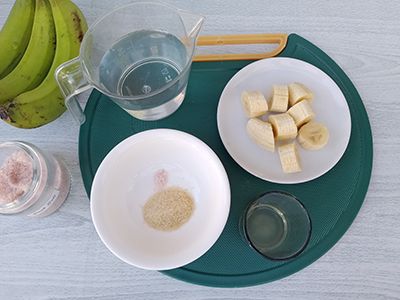
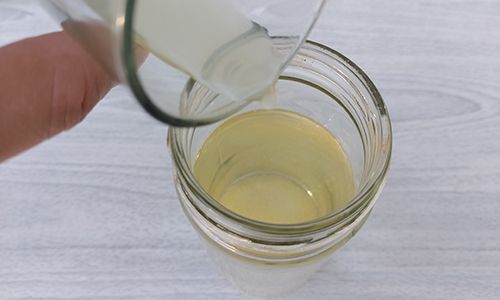

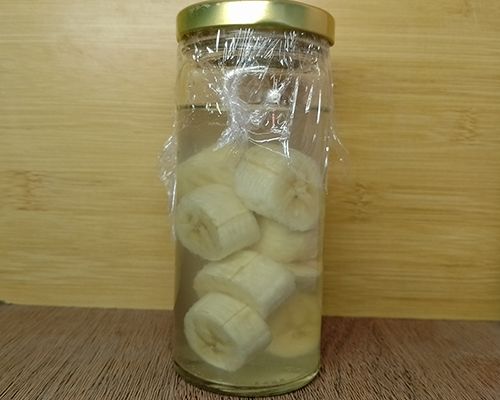
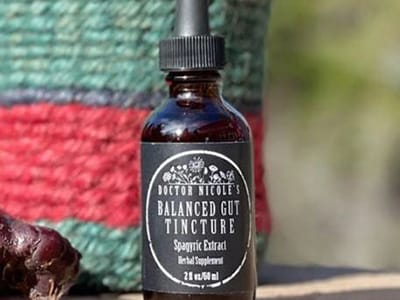
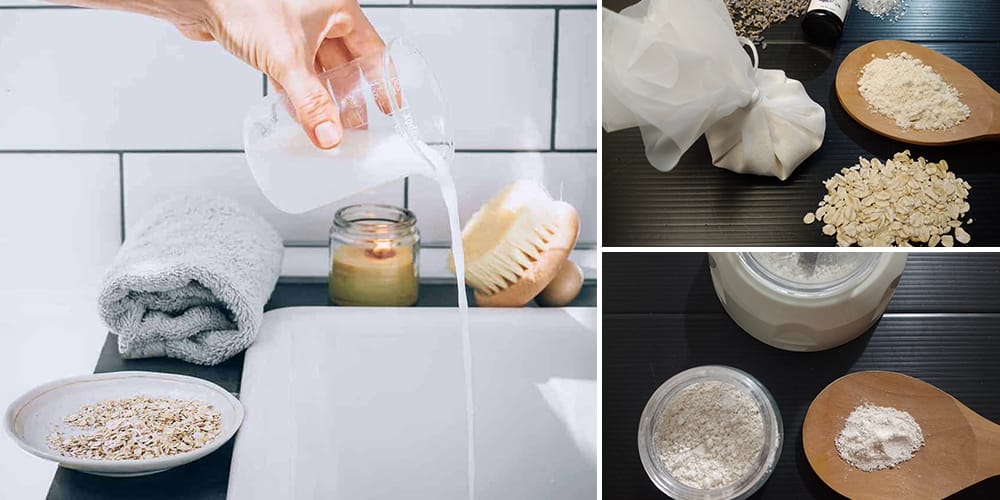
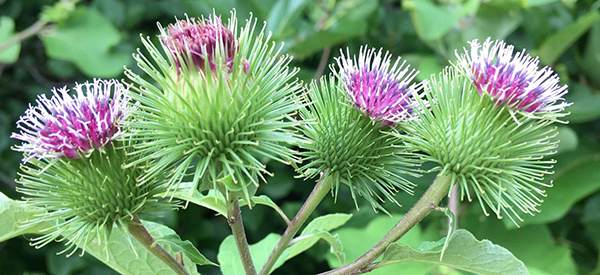
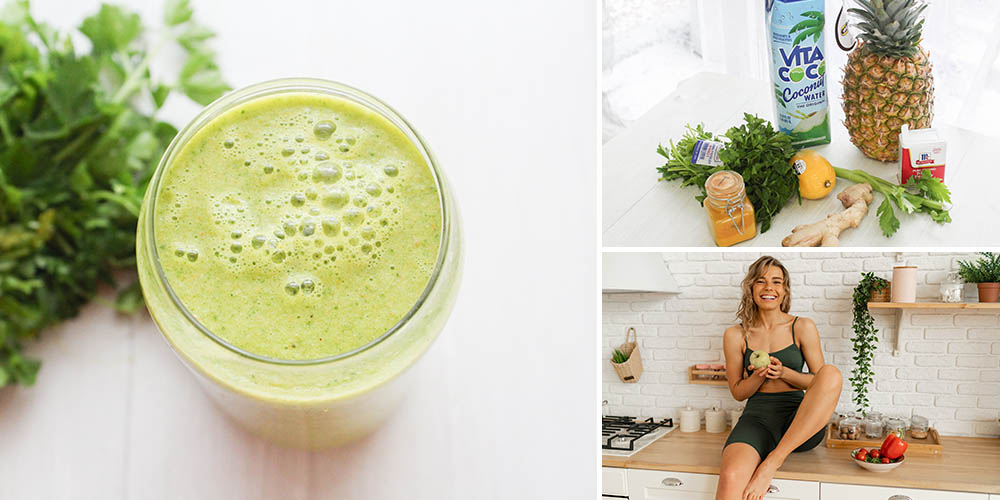
How much are you suppose to take? I am going to make this and try for my acid reflux. But can’t find anything on how much to take.
Hi Penny,
Thank you for your comment!
There isn’t a precise dosage for everyone, as different people react differently to natural remedies.
You can try with a small dose and increase it depending on how your body responds.
Many blessings and good health!
Do you eat the banana, or just the liquid? And how much? Daily?
Dosage please?
Hi Melanie,
Thank you for your comment.
You should eat the banana.There isn’t a precise dosage for everyone, as different people react differently to natural remedies.
You can try with a small dose and increase it depending on how your body responds.
Many blessings and good health!
What does it look like when it is ready. Thanks for all the info
Hi Karen,
Your fermented bananas will be ready to consume in 2 to 5 days.
Many blessings and good health!
The recipe calls for the optional use of a probiotic capsule. I am totally ignorant on how to shop for this. Is there a recommended source or brand?
Hi George,
We recommend buying only from trusted health food stores and apothecary shops in your area.
Many blessings and good health!
I love Bananas!!! I prefer the ones that are turning brown as they become “An Antioxidant Power House” when peels are turning brown. When a Banana peel has several brown spots on it / it also helps with the prevention of Cancer. They also boost our immune system! love them!
Hi Charlotte,
Thank you for sharing this!
Many blessings and good health!
What probiotic capsules do you recommend? I wouldn’t want to get the wrong kind.